Museo de Arte Kansong (Edificio Bohwagak en Seúl) (간송미술관(서울 보화각))
2.2Km 2025-04-07
Seongbuk-ro 102-11, Seongbuk-gu, Seúl.
El Museo de Arte Kansong fue el primer museo de arte privado de Corea. Inaugurado como Bohwagak en 1938 por Jeon Hyeong-pil (Kansong era su seudónimo), el nombre cambió al actual Museo de Arte Kansong en 1966. Bohwagak fue declarado Patrimonio Cultural Nacional el 30 de diciembre de 2019. Jeon Hyeong-pil dedicó su vida a preservar e investigar las reliquias representativas de Corea, devaluadas y exterminadas deliberadamente durante la época colonial japonesa, así como a reconocer su excelencia y belleza cultural. El museo alberga 11 tesoros nacionales y 22 tesoros.
Museo de la Muralla de Seúl (Hanyang Doseong) (한양도성박물관)
2.2Km 2023-08-28
Yulgok-ro 283, Jongno-gu, Seúl
La Muralla de Seúl, llamada Hanyang Doseong en coreano, fue construida con la finalidad de marcar el antiguo límite de Seúl e impedir las invasiones extranjeras, originalmente con una longitud total de 18,627 km. Ubicado en el punto inicial de la ruta de senderismo Sunseong, el Museo de la Muralla de Seúl es un espacio cultural que presenta la historia de esta muralla y su valor. Dispone de la sala de exhibiciones permanentes, la sala de exhibiciones especiales, el centro de información de la muralla y la sala de estudio.
Puerta Heunginjimun (Dongdaemun) (흥인지문)
2.2Km 2023-02-21
Jong-ro 288, Jongno-gu, Seúl
La puerta Dongdaemun fue originalmente llamada Heunginjimun, y es la antigua entrada oriental a la ciudad de Hanyang (Seúl).
Dongdaemun fue edificada por el rey Taejo in 1396, renovada por el rey Danjong en 1453, y su actual estructura fue hecha por el rey Gojong en 1869. Aparentemente, la gente comenzó a llamarla Heunginjimun desde los tiempos del rey Sejo (1455-1468). Pese a que la puerta es conocida en general con el nombre de Dongdaemun, mucha gente aún la sigue denominando Heunginjimun, con la intención de preservar su antiguo legado.
La característica más interesante de Dongdaemun es que tiene un ongseong, un muro externo especialmente construido con forma de media luna. Originalmente, el palacio real en Hanyang se había erigido sobre un terreno bajo, por lo que era difícil defenderlo de las invasiones. Por ello, hicieron levantar un muro para compensar dichas desventajas. Se puede observar que la puerta fue hecha teniendo en consideración la geografía del entorno. Las rocas de ongseong tienen diferentes colores, que fueron cambiando a través de las diversas obras de renovaciones que sufrió la puerta.
En el centro del muro reforzado de piedra se encuentra la puerta más pequeña Hongyemun. Sobre esta, se halla el piso intermedio compuesto de cinco secciones y el techo tiene el estilo llamado "de Ujingak". En los aleros del techo están las estatuas japsang, que se parecen a animales y se dice que espantan a los espíritus malignos. La estructura de Dongdaemun tiene una intrincada técnica de los detalles y hay una gran exaltación de la decoración, con lo que muestra muy bien el estilo de la arquitectura que había en los últimos tiempos del período Joseon.
Mercado Yeongcheon de Dongnimmun (독립문영천시장)
2.2Km 2023-01-17
Tongil-ro 189-1, Seodaemun-gu, Seúl
Museo de la Vida Cotidiana de Bukchon (북촌생활사박물관)
2.2Km 2022-08-30
Bukchon-ro 5-nagil 90, Jongno-gu, Seúl.
En este museo se exponen aquellos objetos y muebles antiguos recolectados en el área de Bukchon, en Seúl. Fue inaugurado en el año 2003 y tiene en exposición objetos utilizados hace cientos de años y heredados por varias generaciones, pero que han caído en desuso tras la industrialización. Entre ellos se encuentran el maetdol (molino de piedra que se utilizaba para moler granos), el jangdok (tinaja para almacenar conservas como salsa de soja, pasta de pimiento rojo, etc.) y el yogang (urinal coreano), entre ellos.
Desde antaño, la zona de Bukchon, que incluye los barrios de Wonseo-dong y Samcheong-dong, fue un área de concentración y conservación de las casas tradicionales hanok. El secreto por el que dichas casas se mantienen hasta hoy en día se debe a su estilo arquitectónico tradicional, compuesto por un depósito, el suelo de las habitaciones cubierto de madera, la buhardilla, etc. Hasta la fecha, el museo conserva aproximadamente 20,000 piezas de la vida cotidiana, pero en exposición hay entre 300 y 400.
CAFÉ TERRACE (카페테라스)
2.2Km 2021-03-26
102-2, Samcheong-ro, Jongno-gu, Seoul
+82-2-723-8250
It is a café that serves delicious waffles. This cafe is located in Jongno-gu, Seoul. The representative menu is waffle.
Hanok Guesthouse Dongchonchae [Korea Quality] / 한옥 게스트하우스 동촌재 [한국관광 품질인증/Korea Quality]
2.2Km 2021-03-26
21-10, Jahamun-ro 11-gil, Jongno-gu, Seoul
Built in 1939, Dongchonchae was designated as Seoul Well Hanok by the Seoul Metropolitan City in 2016. In 2020, this hanok (traditional Korean house) received the Certificate of KOREA QUALITY from the Korea Tourism Organization in the Heritage Hanok field in recognition of its historicity and quality of services. Dongchonjae is located in the western side of Gyeongbokgung Palace, at Seochon. When one passes through its main gate, one sees the yard, with anchae (women's quarters), sarangchae (men's quarters), and byeolchae (detached quarters) surrounding the plot. Anchae has four rooms, daecheong (wood-floored main hall), a kitchen, and a restroom. One of the rooms is used for tea ceremonies as well. Outside of the sarangchae and byeolchae, which are the living spaces for the owners, visitors have free access to the numaru (raised open floor) and the yard. The anchae’s rooms “Bom” and “Yeoreum” can accommodate 2 to 3 adults each, while the rooms “Gaeul” (Tea Room) and “Gyeoul” are optimal for two. The building is rented out as a whole, so no more than one group may stay in the building at any given time. Standard occupancy is four persons, and eight is the maximum number. There are two restrooms, one within the anchae building, one out in the backyard.
Cooking is not allowed in the kitchen, but guests are free to bring in outside food. Experience programs on offer include nighttime exploration of Seoul City Wall, tea ceremony, folk songs, and rice cake making. Additional payment is only required for rice cake making. Guests may choose between two types of complimentary breakfast: Korean, which comes with rice, soup, and three side dishes; and Western, which comes with bread, salad, and coffee. There are a 100-in screen and mini projector for film watching in the yard or daecheong. Towels, toiletries, hair dryer, bottled water, traditional tea, and capsule coffee are included. The kitchen is equipped with kitchen utensils, a microwave, and a coffee pot, enough for instant foods. Guests also have access to refrigerator and washing machine
Galería K.O.N.G. (공근혜갤러리)
2.2Km 2024-08-06
Samcheong-ro 7-gil 38, Jongno-gu, Seúl
Centro de Arte ARKO (아르코미술관)
2.3Km 2023-08-07
Dongsung-gil 3, Jongno-gu, Seúl.
Yennal Yeongil Naengmyeon (옛날연길냉면)
2.3Km 2021-03-18
31, Jong-ro, 46-gil, Jongno-gu, Seoul
+82-2-747-8898
This is a Korean cuisine located in Dongdaemun Gate, Seoul. A restaurant run by a Chinese. The best menu at this restaurant is cold buckwheat noodles.
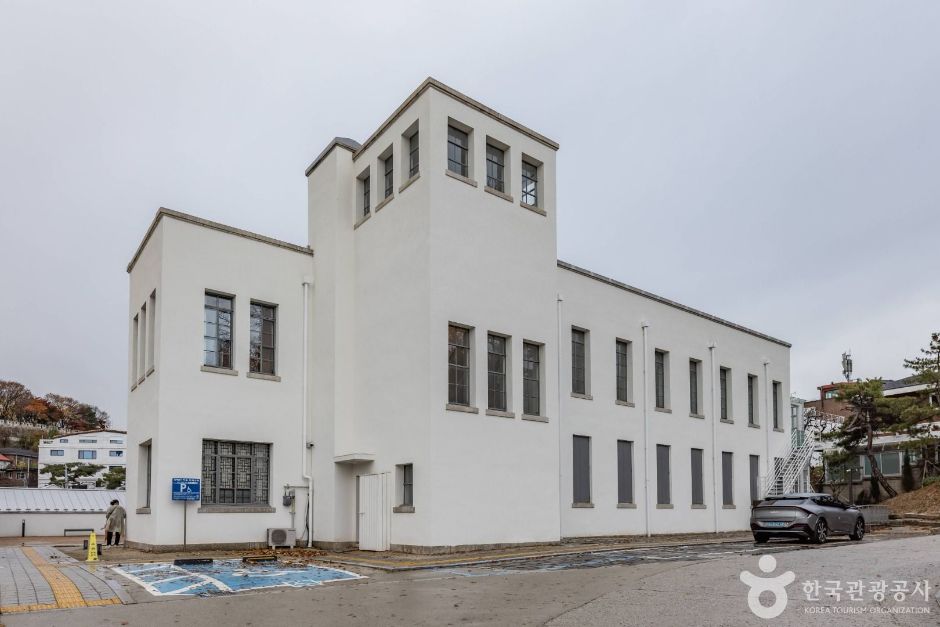
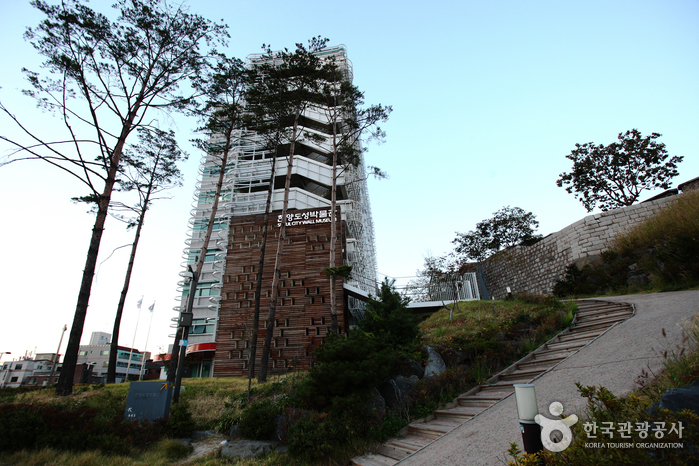
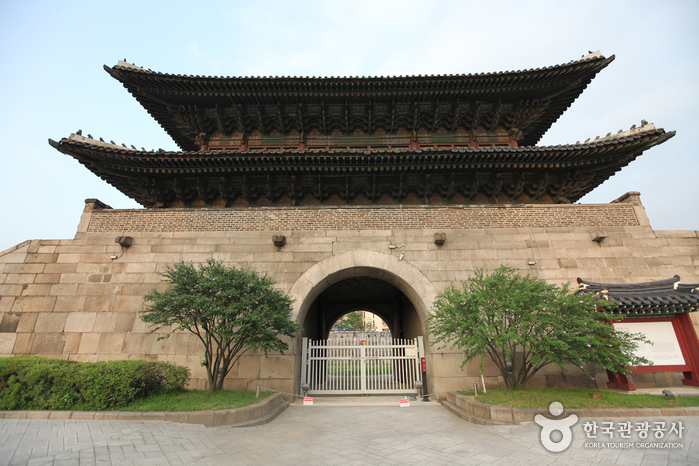

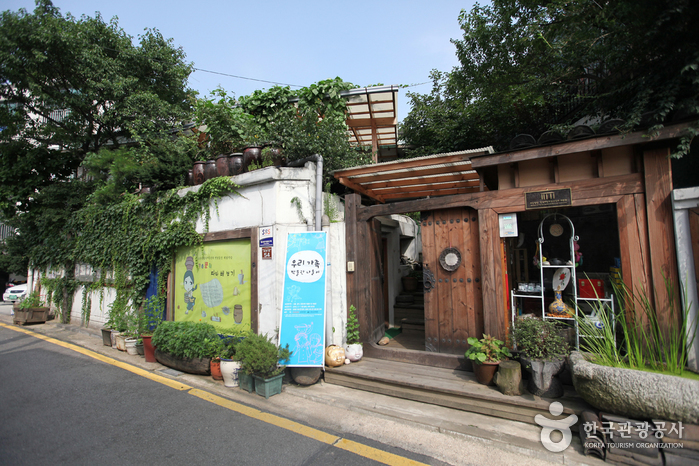
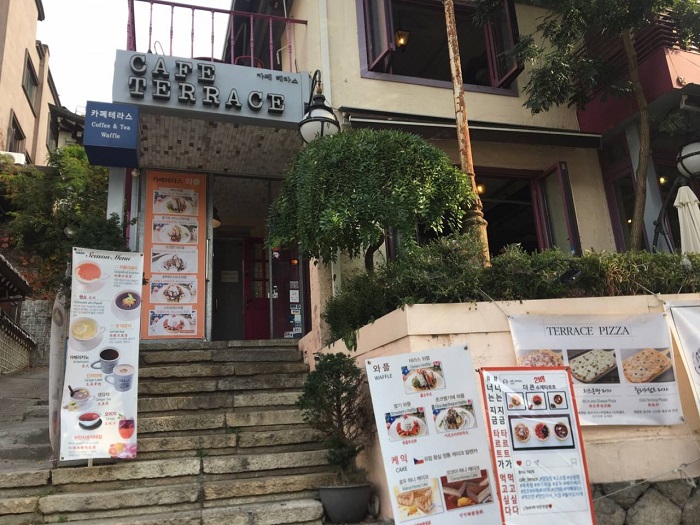
![Hanok Guesthouse Dongchonchae [Korea Quality] / 한옥 게스트하우스 동촌재 [한국관광 품질인증/Korea Quality]](http://tong.visitkorea.or.kr/cms/resource/96/2705896_image2_1.jpg)
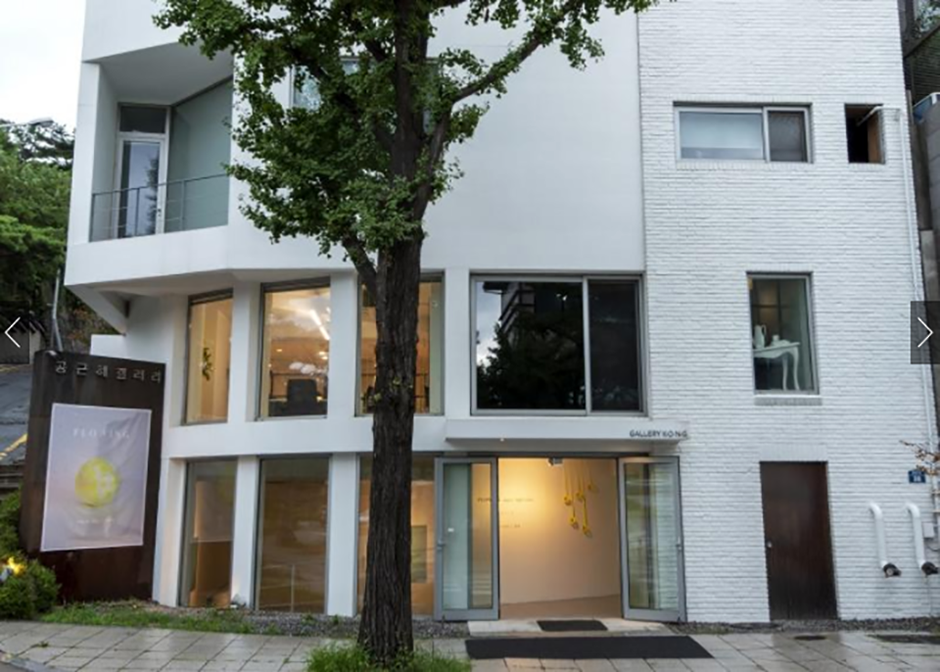
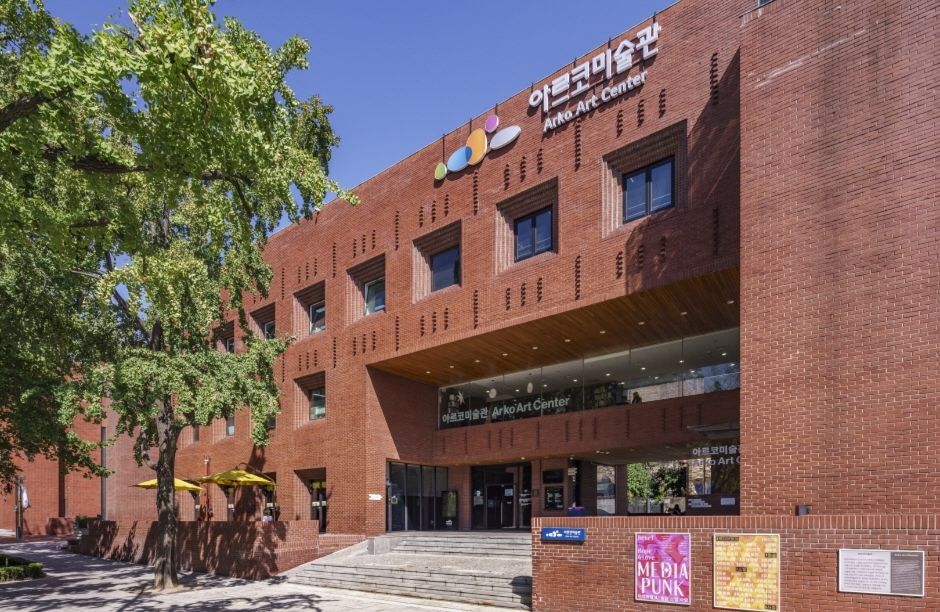
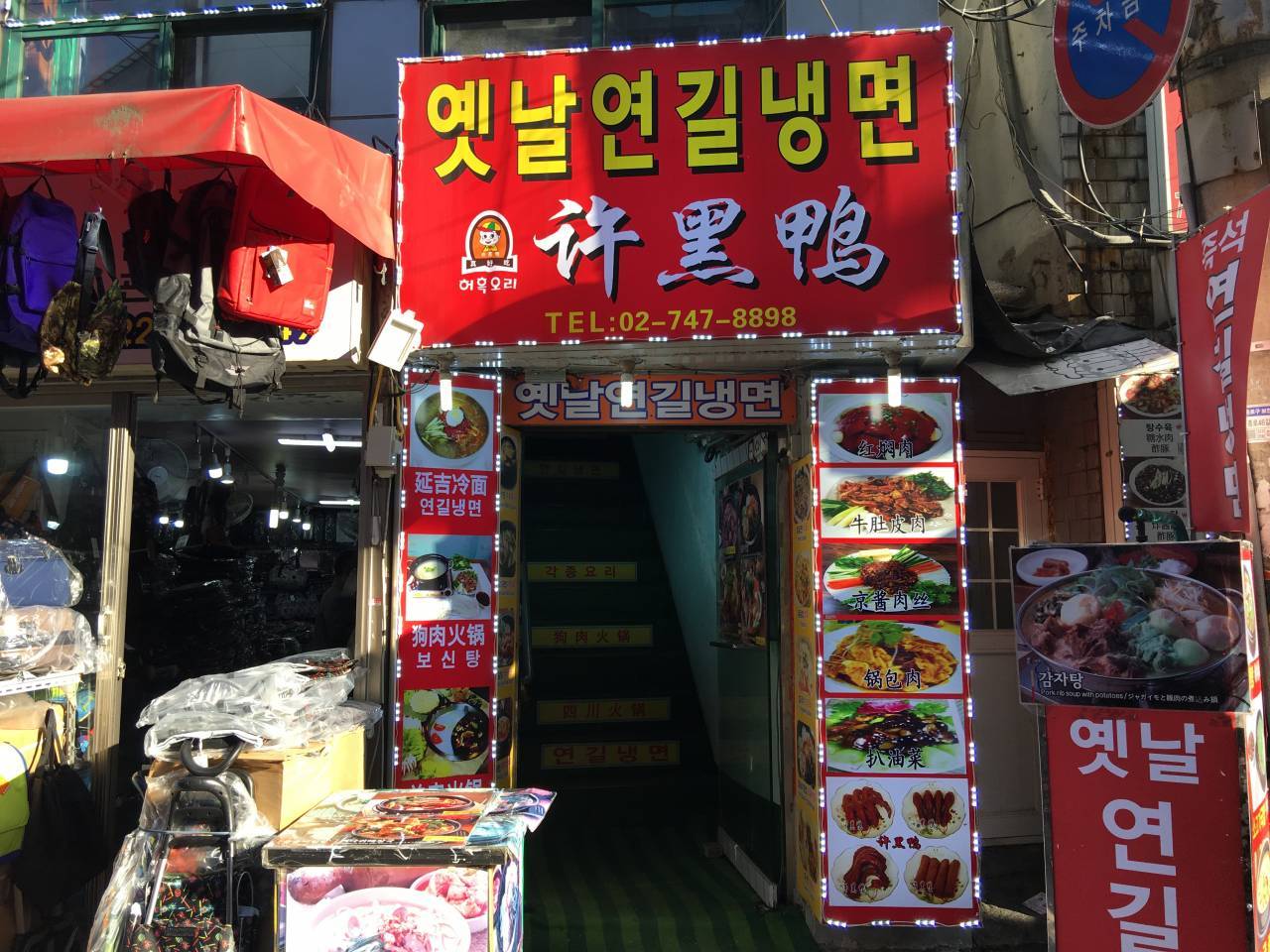
 Español
Español
 한국어
한국어 English
English 日本語
日本語 中文(简体)
中文(简体) Deutsch
Deutsch Français
Français Русский
Русский